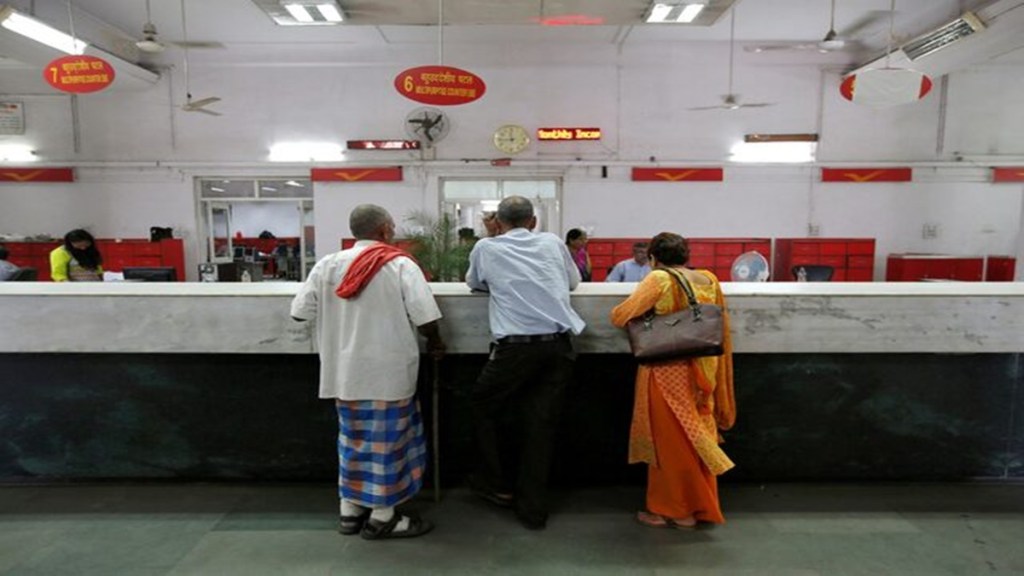The annual incremental cost to the Centre for implementing the Unified Pension Scheme (UPS) may gradually rise from Rs 6,250 crore in FY26 to around Rs 8,000 crore in the next seven to eight years over the business-as-usual scenario, indicating that a 50% pension guarantee would be manageable without putting too much stress on the exchequer.
Under the proposed UPS, the employee contribution shall remain unchanged at 10% (of Basic Pay + Dearness Relief). The government’s contribution will increase from the present 14% (under the market-linked National Pension System or NPS) to 18.5%, which factors in the past deficit of contribution for staff already enrolled in the contributory pensions scheme.
“The cost to the government due to the increase in the contribution rate will continue to rise each year based on the salary bill. The salary bill will rise due to two reasons–annual salary increments and new recruitments,” a senior official said.
In the first year of rollout (FY26), the incremental cost will be Rs 6,250 crore due to a rise in the government’s contribution and such incremental cost will gradually rise each year thereafter to reach around Rs 8,000 crore in the seventh or eighth year, another official said. The UPS will be easily manageable despite giving the guaranteed pension without putting too much fiscal burden, the second official said.
The UPS, to be effective from April 1, 2025, will have many of the features of the Old Pension Scheme (OPS). It will provide an assured pension of 50% of the last drawn salary (average basic pay of last 12 months of service) upon superannuation for all employees completing a minimum of 25 years of service, with the value of such deferred compensation fully indexed to inflation. Besides, there will be assured payouts to spouse of the pensioner after his/ her demise at 60% of the last pension drawn. Also, all employees with a minimum of 10 years of service will get an assured pension of Rs 10,000 per month.
To soften the blow to the exchequer for the assured pension scheme for the staff recruited since 2004, the Centre will not reset the basic pension after each Pay Commission award, as was the case under the OPS, sources said. With inflation taken care of, there is no merit in resetting basic pension for retirees, the official said, adding that such high revenue expenditures will lead to cut back on allocations to productive sectors of the economy. According to the FY25 Budget estimate, the Centre’s pension bill would be Rs 2.43 lakh crore or 5% of the total budget.
Similarly, part of the Centre’s contribution which will go to a pool fund to cater to shortfalls in annuities from the investment of the rest of the corpus to give guaranteed pension, will boost the resources of the Centre after the death of the pensioner’s dependant to mitigate future pension risks.
Under the proposed UPS, the pension corpus will be divided into two: individual pension funds to which the employee’s and matching government contribution of 10% each will be credited; and a separate pool corpus created out of additional government contribution (8.5% of basic and DA of all employees).
Guaranteed pension will only be for those who opt for the “default investment option” prescribed. Such subscribers could get pensions above 50% if returns are as such, but won’t receive any top-up from the pool fund. If the return under the default option is lower than 50% of pay, the pool fund would bridge the gap to meet the guaranteed pension requirement. So, one may opt for either the guarantee or the risk option in pursuit of higher rewards.
The subscribers who choose the high-risk investment option will also get the benefit of the pool corpus at par with a similarly placed pensioner under the default (guarantee) option, but no guarantee on a 50% pension.


